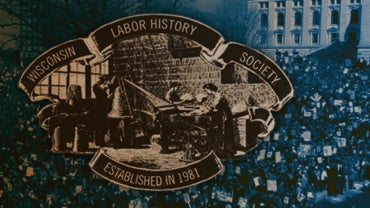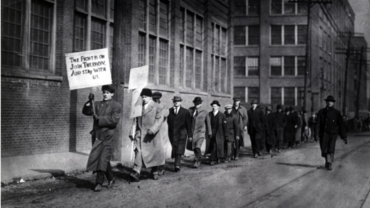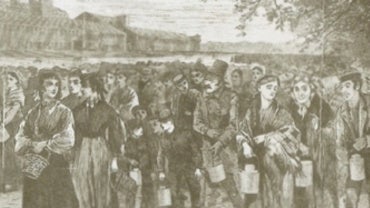This project explores the history of the IWW in its first three decades, presenting information that has never before been available. We have compiled databases of more than 1,800 strikes, campaigns, arrests, and other incidents involving IWW members and present this information both yearbook format and in elaborate interactive maps. We also map more than 900 IWW locals, revealing a geography of activism that include more than 350 towns and cities in 38 states and 5 Canadian provinces. Here you will also find accounts of important events and issues and a wealth of photographs and documents. The timeline/brief history provides a quick introduction to the history of the IWW.











